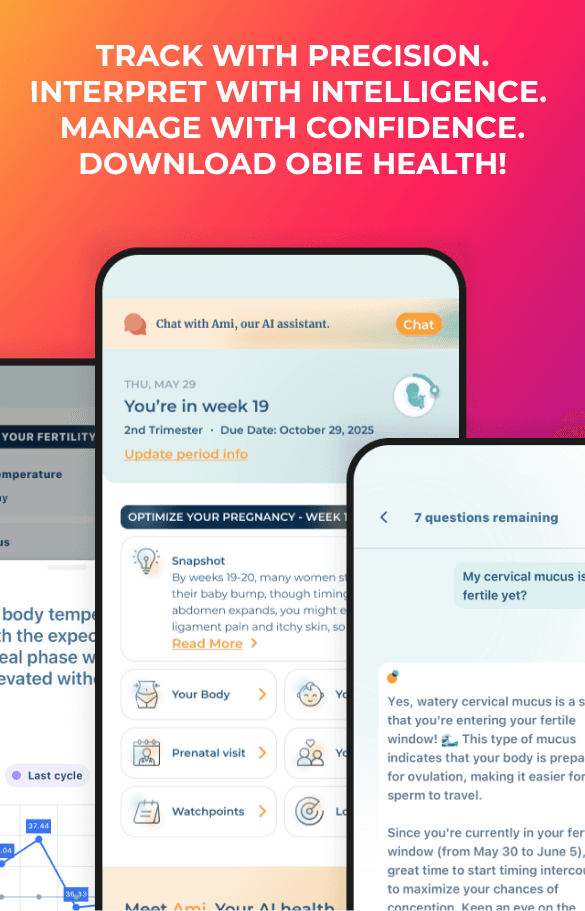Does the Location of Your Baby Bump Indicate Gender?
Obie Editorial Team
As soon as you become pregnant, you’ll be overcome with questions. Who will my baby look more like? What will his or her interests be? What occupation will he or she have as an adult? Obviously, the question that will probably pop into your mind first will be about whether your baby is a girl or a boy. Some parents choose to wait to find out until the baby is actually born. This is a more old-fashioned outlook, and it makes the birth all the more exciting for the whole family. Others choose to find out right away. Determining the gender before birth, while not as exciting as waiting until your baby is in your arms, has numerous benefits.
When you determine the gender in advance, you can begin buying clothes for your baby as soon as you find out. Of course, your child’s clothing is up to you, but you might get some strange glances if people see your male toddler in a princess dress. By finding out the gender in advance, you can also begin testing for some gender-specific diseases and conditions to better prepare for any maladies he or she might be faced with. You can also start thinking of a name early on so that you have as much time to think about it as possible.
So, when can you figure out what your baby’s gender will be? Many old wives tales exist about how to predict the gender on your own. You can make your prediction based on the Chinese lunar calendar or the “baking soda test.” All of these predictors are really just for fun, but one old wives tale has actually been tested in a recent study.
Some people think that the placental position of your baby might indicate its gender. If the baby bump is low, it’s a boy. If the baby bump is higher and more spread out, it’s a girl. The results of the study show that this has absolutely no bearing on the gender of the baby, and is simply an outcome of your personal anatomy.
The only way you’ll truly be able to predict the gender of your baby is by an ultrasound when he or she starts to develop. This usually doesn’t happen until approximately twelve or more weeks into the pregnancy, so you might as well try some of the fun wives’ tales in the meantime.
Source: The S Chan: The Role Of Placental Location Assessment In The Prediction Of Fetal Gender. Ultrasound in Obstetrics and Gynecology Volume 36 Issue 1 pp. 242 October 2010
When you determine the gender in advance, you can begin buying clothes for your baby as soon as you find out. Of course, your child’s clothing is up to you, but you might get some strange glances if people see your male toddler in a princess dress. By finding out the gender in advance, you can also begin testing for some gender-specific diseases and conditions to better prepare for any maladies he or she might be faced with. You can also start thinking of a name early on so that you have as much time to think about it as possible.
So, when can you figure out what your baby’s gender will be? Many old wives tales exist about how to predict the gender on your own. You can make your prediction based on the Chinese lunar calendar or the “baking soda test.” All of these predictors are really just for fun, but one old wives tale has actually been tested in a recent study.
Some people think that the placental position of your baby might indicate its gender. If the baby bump is low, it’s a boy. If the baby bump is higher and more spread out, it’s a girl. The results of the study show that this has absolutely no bearing on the gender of the baby, and is simply an outcome of your personal anatomy.
The only way you’ll truly be able to predict the gender of your baby is by an ultrasound when he or she starts to develop. This usually doesn’t happen until approximately twelve or more weeks into the pregnancy, so you might as well try some of the fun wives’ tales in the meantime.
Source: The S Chan: The Role Of Placental Location Assessment In The Prediction Of Fetal Gender. Ultrasound in Obstetrics and Gynecology Volume 36 Issue 1 pp. 242 October 2010







